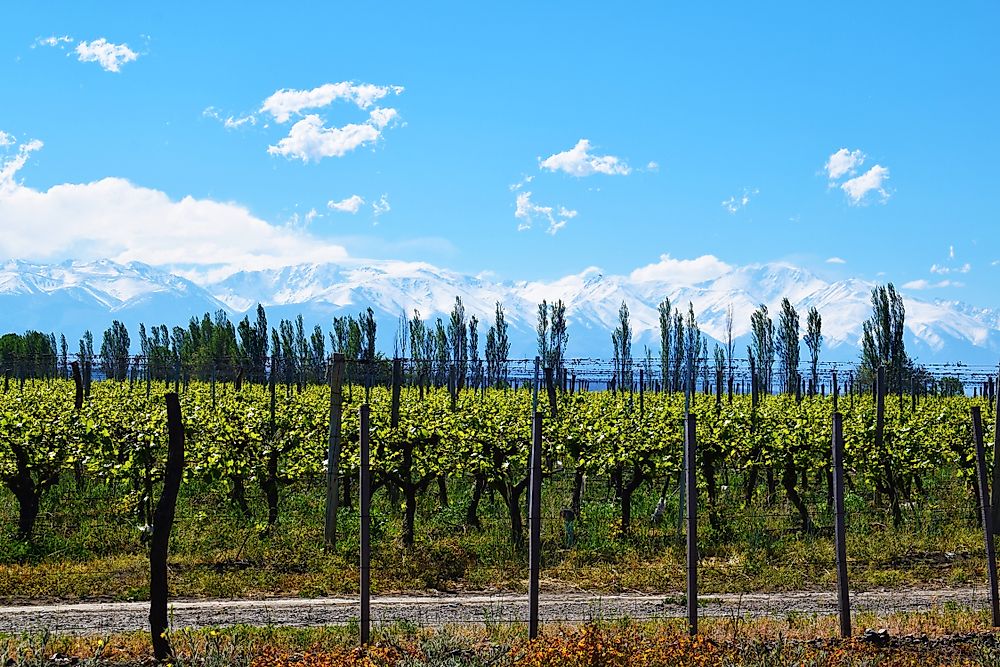The Economy Of Argentina

Argentina has a mixed economy, which means there are both public and state-owned organizations. Historically, this country has experienced economic highs and lows. This is particularly true of the late 20th century. These stints of economic growth hindered by the recession have contributed to unequal wealth distribution and increased poverty. The World Bank has classified the economy of Argentina as high income, which means the gross national income per capita is over $12,475. Argentina has the second largest economy in South America.
Its nominal gross domestic product (GDP) for 2015 was $630.4 billion and GDP per capita was $14,617. It has a workforce of 17.9 million. Of these individuals, 27.1% work in social services. This is followed by 21.4% in commerce and tourism and 13.1% in manufacturing.
Leading Industries of Argentina
The economy of Argentina is based on diverse sectors. The largest GDP contributor is the business, social, and other services sector which make up 33.3%. This is followed by manufacturing at 17.2% of the GDP and commerce and tourism at 16.9%. The leading industries include food processing, automobiles, appliances and electronics, pharmaceuticals, cement, textiles, and tobacco products (to name a few).
Top Export Goods and Partners
Argentina exported $69 billion worth of goods in 2014, making it the 47th largest export economy in the world. Its principal exports include soybean meal ($11.9 billion), delivery trucks ($3.88 billion), soybeans ($3.84 billion), corn ($3.7 billion), and soybean oil ($3.62 billion). A large portion of exports leaving Argentina are imported by the following countries: Brazil ($14 billion), China ($4.51 billion), the US ($4.15 billion), Chile ($2.85 billion), and Venezuela ($1.98 billion).
Top Import Goods and Partners
In 2014, the imports to Argentina totaled $64 billion, giving the country a positive trade balance of $5 billion. Its primary imports are petroleum gas ($5.55 billion), refined petroleum ($3.92 billion), cars ($3.5 billion), vehicle parts ($3.21 billion), and telephones ($2.03 billion). The majority of its imports come from the following countries: Brazil ($14.3 billion), China ($10.7 billion), the US ($8.73 billion), Germany ($3.44 billion), and Bolivia ($2.56 billion).
Challenges Faced by the Economy of Argentina
As previously mentioned, the economy of Argentina has repeatedly experienced recessions that have reversed its economic advances and increased the gap between the rich and poor. Currently, the biggest challenge faced by Argentina is recovering after the 2014 and 2015 economic crises that brought inflation of between 20% and 40% as well as no growth. During this time, the country defaulted on payments and took on a deficit in order to fight the declining economy.
Future Economic Plans
Because of defaulting on its payments and its strict capital controls, Argentina has lost investor confidence and therefore, foreign direct investments. In an attempt to encourage more foreign investment, the government has eliminated capital controls (limits on foreign money leaving the country). The government is also looking at how to reduce inflation. Some ideas include reducing tariffs to encourage trade and providing energy subsidies to help consumers counter the high cost of natural gas and oil.











